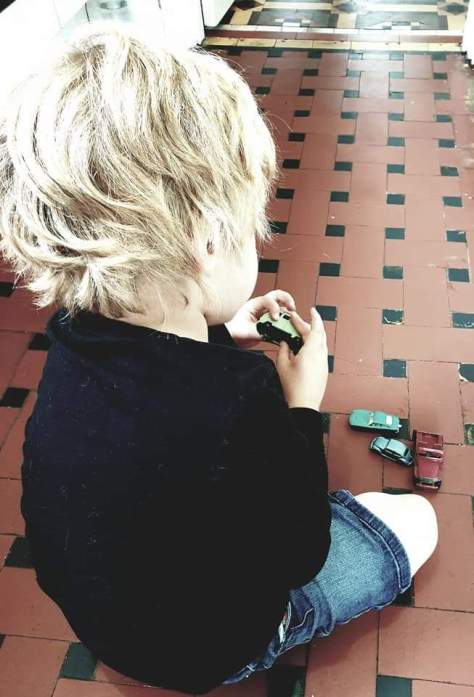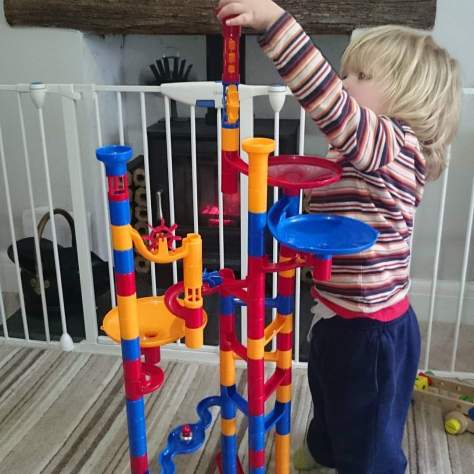When you enter the world of special needs, it becomes a minefield of information, but also a treasure hunt to work out what you are now entitled to, and finding that information is not easy.
The benefits and support you and your child are entitled to is different all across the country, and you will receive different answers to questions on what you are entitled to and how to apply or get that support.
To take away the pain and struggle at a time when you have enough to worry about, I have detailed below a list of everything I have gathered over the years. The support, benefits and services you and your child are entitled to, some of them are even before you have a diagnosis.
Why am I entitled to support?
You may feel guilty about living a life never accepting or receiving any benefits or you may be use to the system, either way, if you have just entered the world of special needs parenting, or caring for a special needs child, you become eligible for benefits and services that you were not able to apply for before.
Don’t feel bad about taking these benefits. This is the purpose of the benefits system, to provide support to those who need it. As long as you are not abusing the system and taking something you are not legally entitled to, then you must accept that the benefit is there to help you, and helping your child get the best services available ,will help them and you in the long run.
First Things First
In the UK every child is assigned a Health Visitor a few weeks from birth, when the support is moved from the midwife, who supported you during your pregnancy. A health visitor oversees your child’s development and provides support up until your child is around five years of age, then they are transferred into the school system and under the support of the educational nurse.
In the case of a special needs child, they can be assigned a Special Needs Health Visitor. This will provide support and become the main point of contact to ensure you and your child are getting the supported needed, and any referrals to additional assessments or needs. A Special Needs Health Visitor supports you and your child up until the age of twelve.
To be assigned a Special Needs Health Visitor you need to speak to your GP who will arrange this for you. Your child does not need a diagnosis to have a Special Needs Health Visitor, they just need to be demonstrating a delay in two or more areas of development.
Your Special Needs Health Visitor will become your doorway to referrals and support needed, and if lucky, will have a pillar of information.
DLA – Disability Living Allowance
Disability Living Allowance or DLA is paid as a monetary amount on a weekly or monthly basis, and is to pay for the additional care needed for your child. It is not means tested (i.e. no restrictions if you are on a higher income or working full time).
No diagnosis is needed for application and award of payment. The assessment is based on mobility and care elements, with the assessment of these elements on a low, medium or high requirement.
The form for applying is very lengthy and can take a lot of time to complete. There are agencies who can assist with this, and my advice is to complete as if it were an example of your child’s worst day.
For the mobility element, in regards to autism diagnosis’ or anxiety, it is important to remember that becoming immobile is not necessarily a physical impairment, a child can become rooted to the spot unable to move due to a meltdown or anxiety. It is important to detail these scenarios.
To apply for DLA, you can access all the details and application forms at the government website below.
https://www.gov.uk/dla-disability-living-allowance-benefit
When your child is older, they will become eligible for PIP.
Carers Allowance
If you are the sole carer for your child with special needs, you can be eligible for a payment of Carers Allowance. There is a number of criteria to be eligible for this benefit, this is specifically around the care to be given and the number of hours, and existing benefits being claimed.
You cannot claim if you currently earn more than £128 a week from other income.
Carers allowance can be applied for via the government website at the below link.
https://www.gov.uk/carers-allowance/eligibility
Council Tax Reduction
You can apply for a reduction in council tax if you need to have an extra room in your house for your child’s needs. This could be a sensory room due to their needs. The room however cannot be their bedroom and needs to be a specific room set aside for this need.
You will get a visit to your house to check the eligibility and the use of the room to check it meets the reduction criteria.
This benefit is not means tested.
You can check your specific local authority’s criteria at the following link.
https://www.gov.uk/apply-council-tax-reduction
Watersure
If there is a need for your child, or anyone with a disability within your household, to use more that the standard households quantity of water for medical reasons, you can get a reduction on your water bill.
In the case of sensory processing needs, this could be for a swimming pool, hot tub, or additional washing requirements.
More details and application for a reduction can be found at the below link:
https://www.citizensadvice.org.uk/consumer/water/water-supply/problems-with-paying-your-water-bill/watersure-scheme-help-with-paying-water-bills/
Family Fund
There are a number of grants available from Family Fund, from vouchers for holidays, to payments for additional equipment or toys and gadgets for specific requirements for your child.
There are qualifying criteria which are clearly stated on their site, which can be found below:
https://www.familyfund.org.uk/blog/received-a-diagnosis-of-autism
Blue badge
In 2020 the blue disability badge was made available for hidden disabilities. There are many advantages of the blue badge, from being able to park directly outside the place you have communicated to your child, which reduces any anxiety or communication difficulties, to the short distance you need to walk for safety reasons.
The blue badge also becomes a great resource for “proof” of a disability when needing to queue jump, or demonstrate to attractions of specific needs.
It is important to clearly state the needs for a blue badge when applying. State the immobility due to your child’s difficulties, whether this is the probability of a meltdown, safety due to flight risk, or to aid in communication.
Application for a blue badge can be made at the link below.
https://www.gov.uk/apply-blue-badge
Radar key
The RADAR key is a universal key to unlock disabled toilets nationwide. These are vital when your child will not “go” in the bush or behind a tree, and you need access to toilets easily. It also means no queues when your child is unable to wait-their-turn.
There is no requirement to prove disability or need, and these keys can be purchase for a few quid from a range of outlets, but would suggest getting one from disability UK, link below:
https://www.disabilityrightsuk.org/shop/official-and-only-genuine-radar-key
Max card
The max card is available to foster families or those with children with special needs. It provides you discounts to many major attractions and days out across the UK.
New discounts and venues are continually being added. Find details at the below link and how to apply.
https://mymaxcard.co.uk/
School transport
Not a benefit you may immediately think about, but you can get school transport if your child’s educational setting is more than two miles from their primary residence.
Being a distance from your catchment is quite common, especially if they have gone out of catchment to attend the school applicable to their needs.
Going to school in a designated school transport or taxi arrangement may sound extremely daunting at first, but it is a great opportunity to allow your child to gain some independence within a controlled, organised process. Transport also gives you support and help with the school run, especially if you have other children in different schools or childcare settings.
Contact your education authority or school to get details on applying for school transport.
Home Amendments Grant
If you need to make changes to your home as a result of a disability, you could get a grant from the council. This may be for example to:
- widen doors and install ramps
- improve access to rooms and facilities – eg stairlifts or a downstairs bathroom
- provide a heating system suitable for your needs
- adapt heating or lighting controls to make them easier to use
A Disabled Facilities Grant won’t affect any benefits you get, more details can be found at the below.
https://www.gov.uk/disabled-facilities-grants
Respite
We all need respite to let us parents or carers recharge and give our children the best care we can. Often families do not have the support from grandparents or friends to take their children for a few hours or overnight. To arrange respite from the council you need to have a support worker. A support worker can be assigned through discussion with your Special Needs Health visitor.
Alternatively you can get payment from the council to provide to a person of your choosing to look after your child.
Queue Hopping
With a diagnosis you have the benefit of queue jumping at many major attractions. This is great for the whole family to get on the most popular rides and venues.
Normally you need to provide proof of the disability, which can be a letter from your GP or more easily, the presentation of your Blue Badge.
Young Carers
Having a child with special needs often means that their siblings miss out on some of the “normal” stuff. Across the UK, there are young carer’s programmes where siblings can go on outings they may not be able to do as a family, and also share their worries or questions with other children who are going through the same things.
Speak to your Special Needs Health Visitor for options in your area.
Wrap around care / Holiday clubs
There is funding for 121 support for your child when attending standard wrap around care or holiday clubs. This is a great benefit to allow your child to go to standard care settings, but with the support of a 121 carer who meets their needs.
This differs per council and worth speaking to your Health Visitor or local education authority as to what funding is available.
Mobility/strollers etc
As your child gets older, the standard stroller which allowed you to go places, will become too small for their needs. For many reasons including safety, ability to walk long distances, and your inability to constantly carry your child, you may need a specifically adapted stroller.
There are grants to provide equipment like strollers for approved needs. There are a few methods of applying for these grants, but in general they come after an occupational assessment. A referral to a Occupational Therapist once again will come from your Special Needs Health visitor or GP.
There are many other benefits, whether monetary or not. There are also many different ways you can apply or obtain these, I have only detailed one method, and tried to provide an awareness of what is available.
Please comment below if there is anything I have missed, or documented incorrectly, I will then update and build on this to ensure we can all get what we are entitled to.































